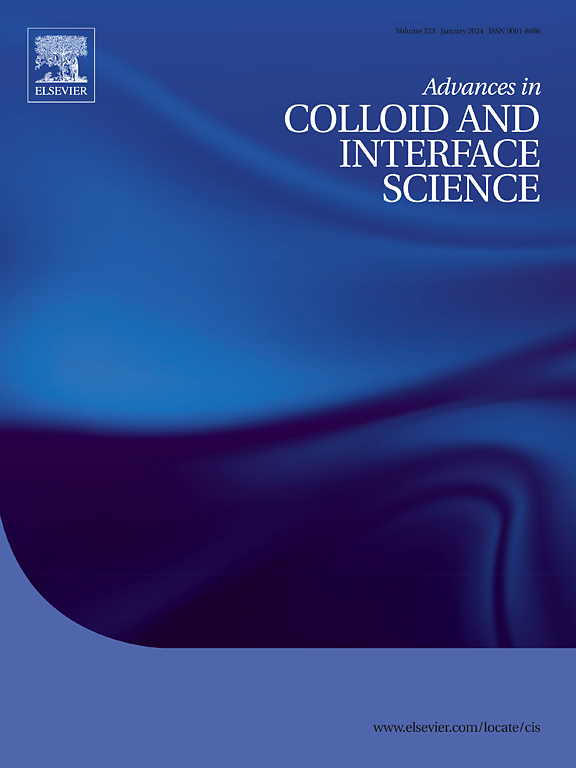Nitrogen-doped 2D MXene-based catalysts: Synthesis, properties and applications for electrochemical hydrogen production
IF 15.9
1区 化学
Q1 CHEMISTRY, PHYSICAL
引用次数: 0
Abstract
Designing advanced materials with a trade-off between overall electrocatalytic efficiency and economic cost for electrochemical hydrogen production is crucial to overcoming the current energy crisis and environmental issues. On the more 10-year journey since the discovery, transition-metal carbides/nitrides nanosheets (MXenes) have increasingly attracted attention as potential materials toward hydrogen/oxygen evolution reactions (HER/OER) because of their unique physical and chemical characteristics, but the layered restacking and low intrinsic electrochemical activity are dragging them out water-splitting technology. Doping MXenes with nitrogen atoms has recently been introduced as a facile but efficient strategy to accelerate the HER/OER efficiency by the optimization of electronic structure, surface terminations, and adsorption/desorption energies of intermediates on pristine MXenes. However, a comprehensive evaluation of the doping mechanism and content-structure-performance relationship of N-doped 2D MXene-related catalysts is still lacking. Thus, we herein systematically summarize synthetic strategies, theoretical calculations, properties, and applications of nitrogen-doped 2D MXenes for the HER and OER to give more fundamental insights into physicochemical characteristics of nitrogen-doped 2D MXenes to further design next-generation catalysts for the electrochemical hydrogen production and other applications.

求助全文
约1分钟内获得全文
求助全文
来源期刊
CiteScore
28.50
自引率
2.60%
发文量
175
审稿时长
31 days
期刊介绍:
"Advances in Colloid and Interface Science" is an international journal that focuses on experimental and theoretical developments in interfacial and colloidal phenomena. The journal covers a wide range of disciplines including biology, chemistry, physics, and technology.
The journal accepts review articles on any topic within the scope of colloid and interface science. These articles should provide an in-depth analysis of the subject matter, offering a critical review of the current state of the field. The author's informed opinion on the topic should also be included. The manuscript should compare and contrast ideas found in the reviewed literature and address the limitations of these ideas.
Typically, the articles published in this journal are written by recognized experts in the field.

 求助内容:
求助内容: 应助结果提醒方式:
应助结果提醒方式:


